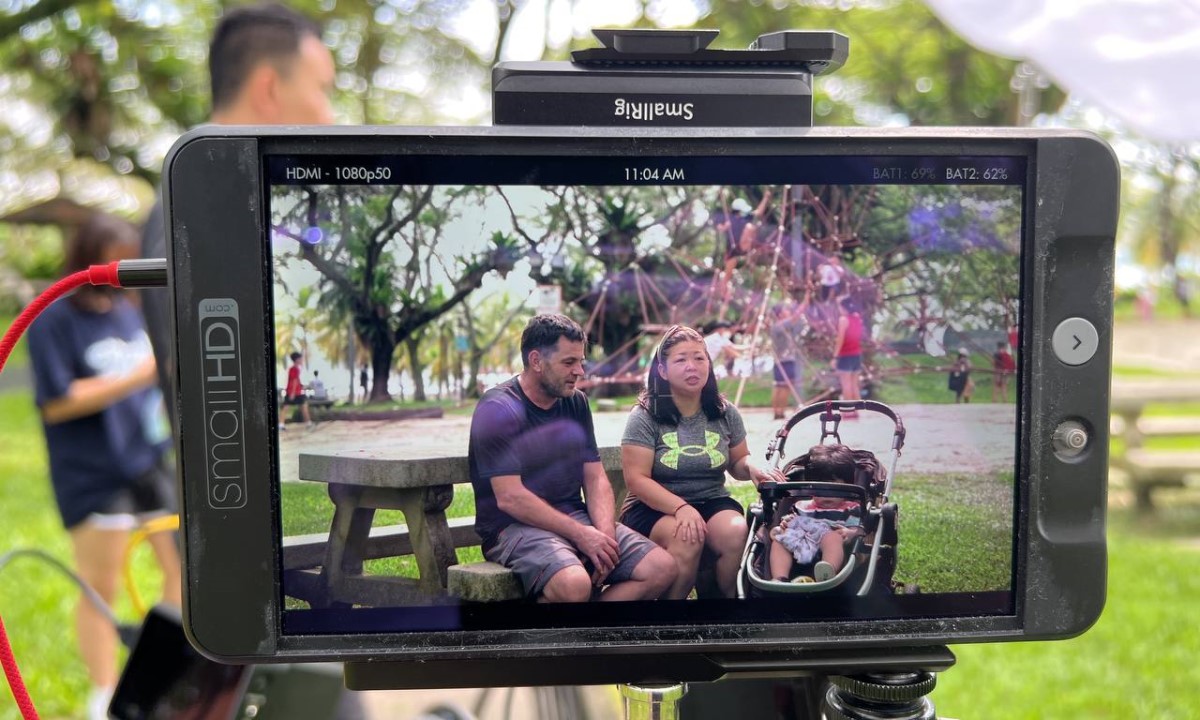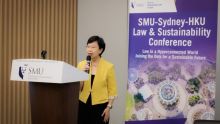Video explorations of Singapore's cultural fabric

Singapore is often described as a melting pot of cultures – a vibrant brew that gives the country its unique character. With such diversity comes the need for different ethnic groups with their distinct cultures and religious beliefs to understand, respect each other and live together peacefully. The question then is how can Singapore further strengthen respect for differences in beliefs and perspectives and live together.
This was what five students from SMU, under the supervision of Adjunct Faculty Professor Jorg Dietzel from SMU’s Lee Kong Chian School of Business (LKCSB), set out to explore.
Entitled “Video Series: Exploring the Racial Fabric”, the project was a collaboration with OnePeople.sg – which encompasses CDCs, the People’s Association and Self-Help Groups including Yayasan Mendaki, Sinda, CDAC and others – and The Silent Foundation, a privately founded charity aimed at assisting “silent sufferers” in Singapore.
Through interviews with Singaporeans across the island, the videos looked at the topic of multi-racial relationships, how we speak to our children about race, the way we grow up together and how we live door-to-door in Singapore’s public Housing and Development Board blocks. The result are four videos that are touching in their raw honesty, all with one key message: While we may all differ, we are also essentially the same, and a little understanding and knowledge of others enables us to look beyond our skins.
Exploring sensitive topics through honest conversation
Also referred to by those involved as “Project Fabric”, the video project was inspired by Singapore’s rich combination of cultures, races and religions, shares Mathu Kimani from SMU’s LKCSB, one of the students on the team.
“Living with four major races in Singapore, we were all brought up to live harmoniously with our peers of different backgrounds. Having grown up with so many friends from different races and religions, I found out that forming friendships enabled me to understand their culture better. When Prof Jorg reached out for student volunteers to lead this project, I was very keen and said ‘yes’ in a heartbeat,” he explains.
While tensions in Singapore might not be as overt as in other countries, they still exist in some shape or form, which may pose some challenges, Mathu acknowledges. In one of the videos, a mother of a multi-racial family shares an incident in which her son had slurs directed towards him. In this particular case, the situation was resolved by the intervention of an understanding and supportive teacher. However, the fact is that there still exists some people exhibiting behaviours which are not inclusive, and that it falls to each one of us to consciously inculcate a more inclusive attitude in our communities.
“There might be some difficulty, especially when it comes to especially sensitive topics about religious beliefs,” says Mathu.
“But I do think that for the most part, Singaporeans are aware of the cultural differences, and make the effort to try and accommodate these differences and live harmoniously.”
The ways we might enhance inclusivity
There is still room for improvement. There is still a tendency for some to overlook the effects of casual racism: off-hand remarks – not necessarily with malicious intent – can still smack into uncomfortable stereotypes, and be dismissed by the speakers as “a joke”.
Prof Dietzel says, “The reality is, such comments may hurt – without people who are at the receiving end being able to express their true feelings. On the other hand, those who find such remarks offensive are at times labelled as being ‘too sensitive’.”
This is why it is so important to have heartfelt conversations, like the ones in the videos, with people from diverse cultures, and come to understand why they might feel a certain way about something regardless of whether the words and actions directed at them were intentionally hurtful.
These videos and other media help to give a voice to those who do not feel heard, and helps reassure those who might be hesitant to speak out, to know that they are not alone in their beliefs. It may also be by hearing these stories that those who use such comments can grow more aware of the effect of the words they choose to use.
“We must not underestimate the power of genuine dialogue; it has the potential to cultivate empathy – a key ingredient in healthy race relations,” urges Prof Dietzel.
At the end of the day, it is just as important to understand our differences – to be sensitive and understanding towards all the different cultures and beliefs – as it is to look beyond them and not let any prejudices mar our judgement and affect the way we interact with and treat others. This is an ongoing journey, and we must be aware of the areas in which inclusivity can still be enhanced further.
If there is one thing about this journey that we must keep in mind, it is that conscious effort is key. Mathu hopes viewers will walk away understanding this, after watching the videos. “As long as we consciously make an effort to be more inclusive and mindful of our peers, we are going towards a road of religious harmony.”


